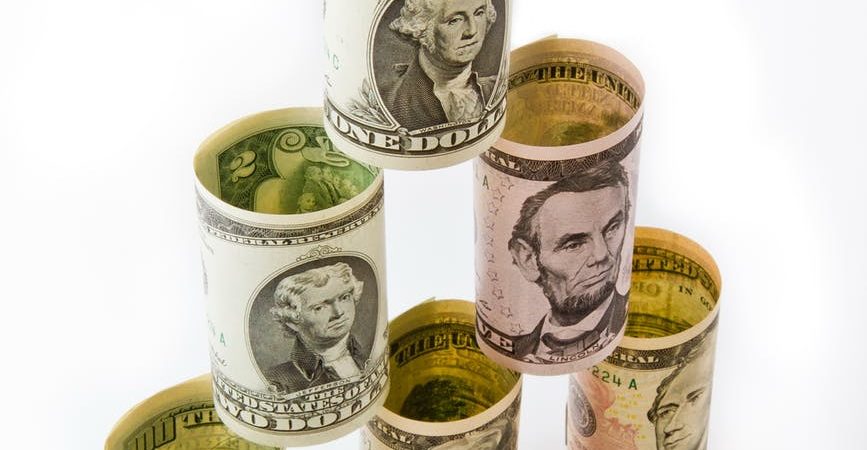One topic that I personally hear, and think should be considered by current real estate investors involves the return on equity calculation. I’m often surprised by how many people aren’t looking at this calculation. I’ll give you a great example to illustrate how it works:
When I first started, a lot of smaller deals (duplex, triplex, small apartment buildings, some larger ones) cash-flowed positive. So my cash-on-cash return (which most of us use a lot) – how much cash I have on the deal and how much cash flow is coming out – looks pretty great, right? On some of those small deals, I had very little cash in them, but I had created value: raised rents, made improvements, and forced appreciation.
So all of a sudden, let’s say I have a duplex (or two) with a few hundred thousand dollars’ of equity sitting there. For this example, we’ll make it simple and say $100,000 of equity, and it’s cash-flowing $5,000 a year. In this example, cash-on-cash return is through the roof because I didn’t put that $100,000 in there – I created that value. The markets have gone up, the rents are higher, and I’ve managed expenses well.
In this scenario, the cash-on-cash is high, but let’s look at return on equity or yield on equity (another term you might hear). In this example, that number is 5%: I’m cash-flowing $5,000/year and have $100,000 equity. When I say equity, I mean that’s what I would net if I sold today. I’m not talking about gross equity, because you’d have to sell and have real estate, transactions, credits, etc. I’m looking instead at what you’d actually net. Let’s say I’ll net $100,000 and I’m only making 5% on that. If you’re like me, a 5% return on investment (return on yield) is just way too low!
What the smart investor does is say “I have to recapitalize that deal.” Another way to look at it is you’re making $5,000/year but if you sell for $100,000 that’s 20 years of cash flow in one transaction! So do you want to keep making that small amount of money, or take the big chunk of money, reinvest it, and seek out a new deal where you can get that annualized return back up to 15-20%? It might be less, depending on the deal and/or your risk threshold – but you’ve got to get that money working harder for you.
That’s one of the key formulas we look at when we’re considering whether to refinance (pull cash out) sell a deal (take chips off the table and re-deploy funds elsewhere ) or continue and hold the asset in its current state and financing. The return on equity is a key piece of this evaluation. Cash-on-cash becomes less important; now that we’ve created all this value, what is our return on equity? How much equity? How hard is it working for me?
The harder you can get your money working, the faster it’s going to compound and grow over time. Like a lot of you, when I first got into real estate, I thought I’d hold assets forever, they’d cash-flow, I’d pay off debt, and end up rich with a hundred duplexes. As I got into the industry, and gained perspective and new formulas, I realized I had to continually trade-up and re-balance that portfolio to get the money to continue working hard for me. Evaluating the return on equity gives you a valuable tool for considering deals and if your money is working hard for you.
Want more tips from Ivan? Go to ivanbarratteducation.com! You’ll find a library of free videos and articles with info straight from Ivan himself.



